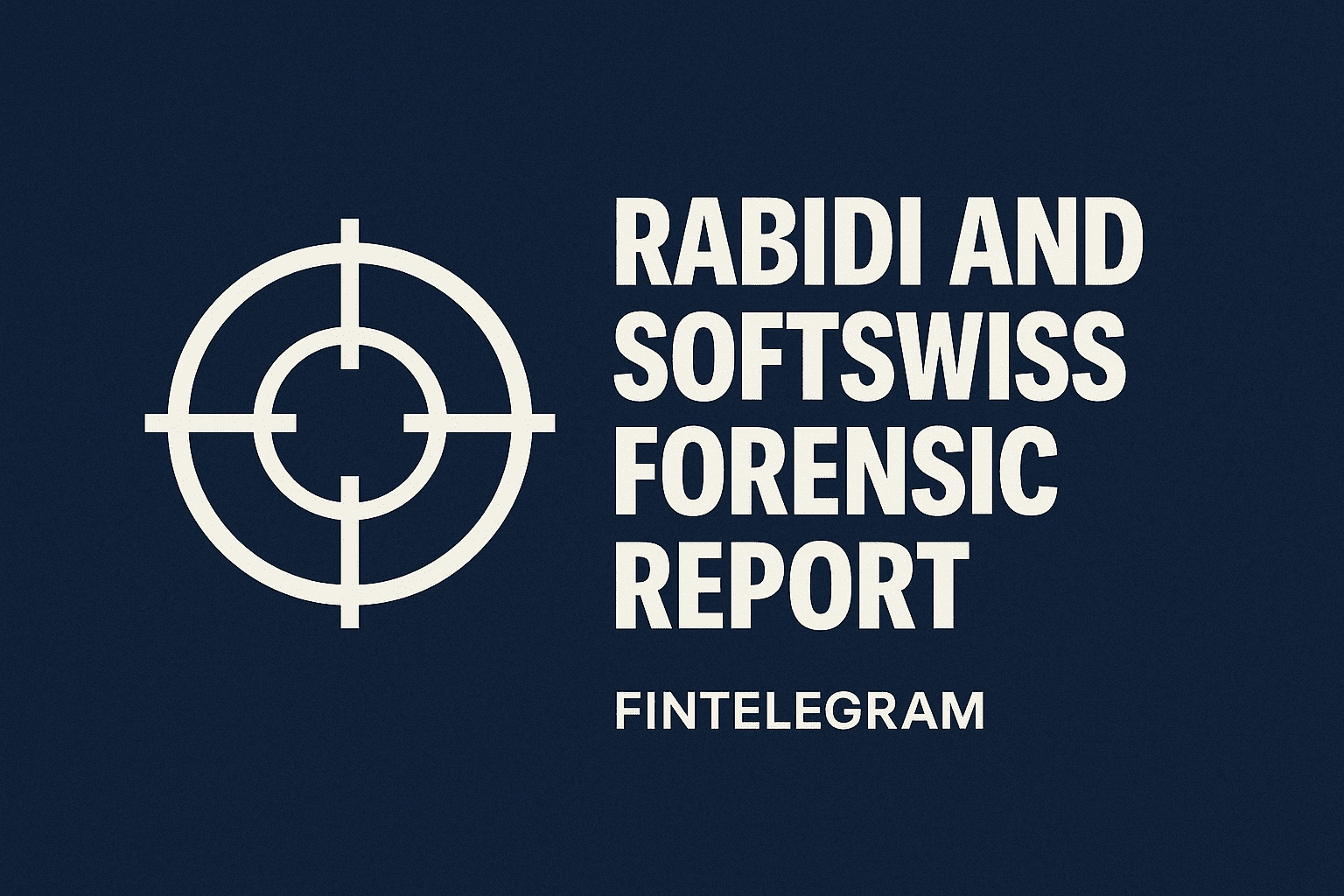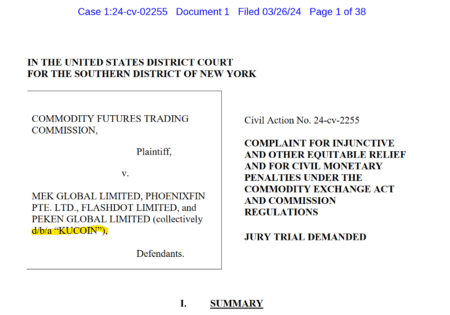In recent years, the confluence of cyberfinance and cybercrime has witnessed substantial legal shifts, propelled by the swift advancement of financial technologies and the surfacing of novel cybercriminal endeavors. Notably, cases like the FTX collapse, marked by allegations of financial mismanagement and fraud, and regulatory scrutinies facing Binance over cybercrime facilitation have captured public attention, spotlighting the burgeoning wave of cybercrime activities within the financial sector.
This briefing aims to dissect pivotal recent court cases and the overarching trends shaping the domains of cyberfinance and cybercrime.
Recent Cybercrime Court Cases
- Cryptocurrency Fraud and Theft: There have been numerous high-profile cases involving cryptocurrency fraud, including Ponzi schemes, phishing attacks, and hacking incidents targeting exchanges and wallets. Courts worldwide are increasingly ruling on such matters, often grappling with the digital and often borderless nature of the crimes. For instance, the U.S. has seen several cases where individuals were charged with operating fraudulent schemes that promised high returns on cryptocurrency investments.
- NFT and Intellectual Property Rights: As Non-Fungible Tokens (NFTs) gain popularity, legal battles over intellectual property rights have emerged. These cases often involve disputes over the ownership and copyright of digital assets represented by NFTs. Courts are tasked with applying traditional intellectual property laws to these new digital assets.
- Data Breaches and Privacy Violations: Financial institutions and FinTech companies are frequent targets of cyberattacks that result in significant data breaches. Recent legal actions have focused on the failure of these entities to protect consumer data adequately, leading to hefty fines and settlements under regulations such as the General Data Protection Regulation (GDPR) in the European Union and various state laws in the U.S.
- Regulatory Compliance Violations: Regulatory bodies are increasingly holding FinTech and crypto companies accountable for compliance failures, including anti-money laundering (AML) and know your customer (KYC) lapses. Courts are seeing more cases where financial service providers are fined for not adequately monitoring for and reporting suspicious activities.
Trends in Cyberfinance and Cybercrime Development
- Increasing Regulation and Scrutiny: As the FinTech and cryptocurrency sectors mature, regulatory frameworks are evolving to include these technologies explicitly. This includes efforts to combat money laundering and terrorist financing, as well as to protect consumer rights and data privacy.
- Decentralized Finance (DeFi) and Crime: The rise of DeFi platforms has introduced new challenges for law enforcement and regulators. These platforms often operate without central authority, making traditional regulatory and enforcement mechanisms less effective. Criminals have exploited these platforms for money laundering, fraud, and other illicit activities.
- Advanced Cybersecurity Measures: In response to the growing threat of cybercrime, financial service providers are adopting advanced cybersecurity measures, including blockchain-based solutions, AI-driven security systems, and enhanced encryption technologies. These measures are not only aimed at protecting against external threats but also at ensuring compliance with regulatory requirements.
- International Cooperation and Legal Frameworks: Given the borderless nature of cyberfinance and cybercrime, international cooperation is crucial. There’s a growing trend toward harmonizing legal frameworks and enhancing cooperation among law enforcement agencies worldwide to tackle cybercrime effectively.
In conclusion, the legal landscape surrounding cyberfinance and cybercrime is rapidly evolving, with courts and regulators working to keep pace with technological advancements. The increasing sophistication of cybercriminals necessitates continuous innovation in legal, regulatory, and technological responses to ensure the integrity and security of the financial system.





